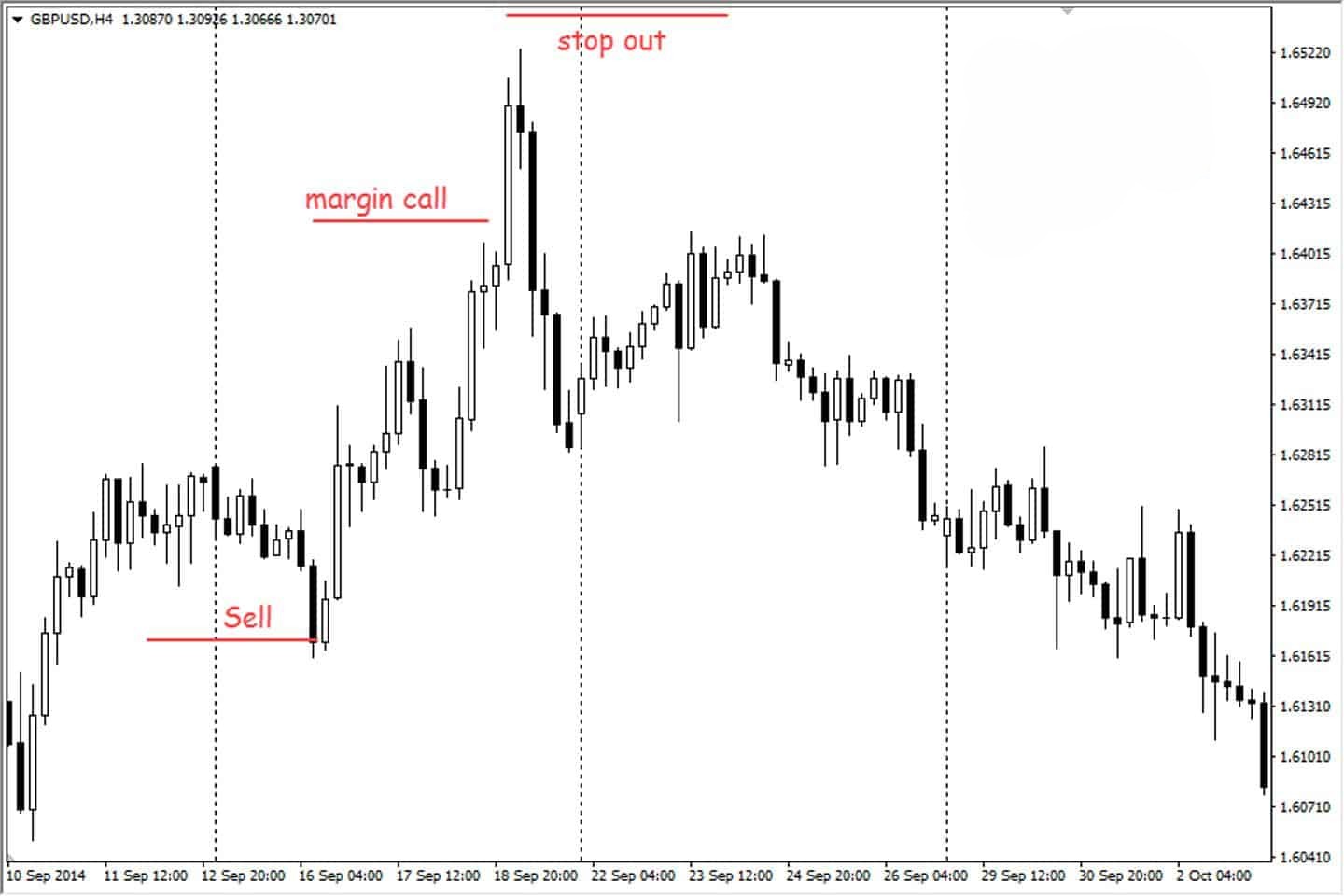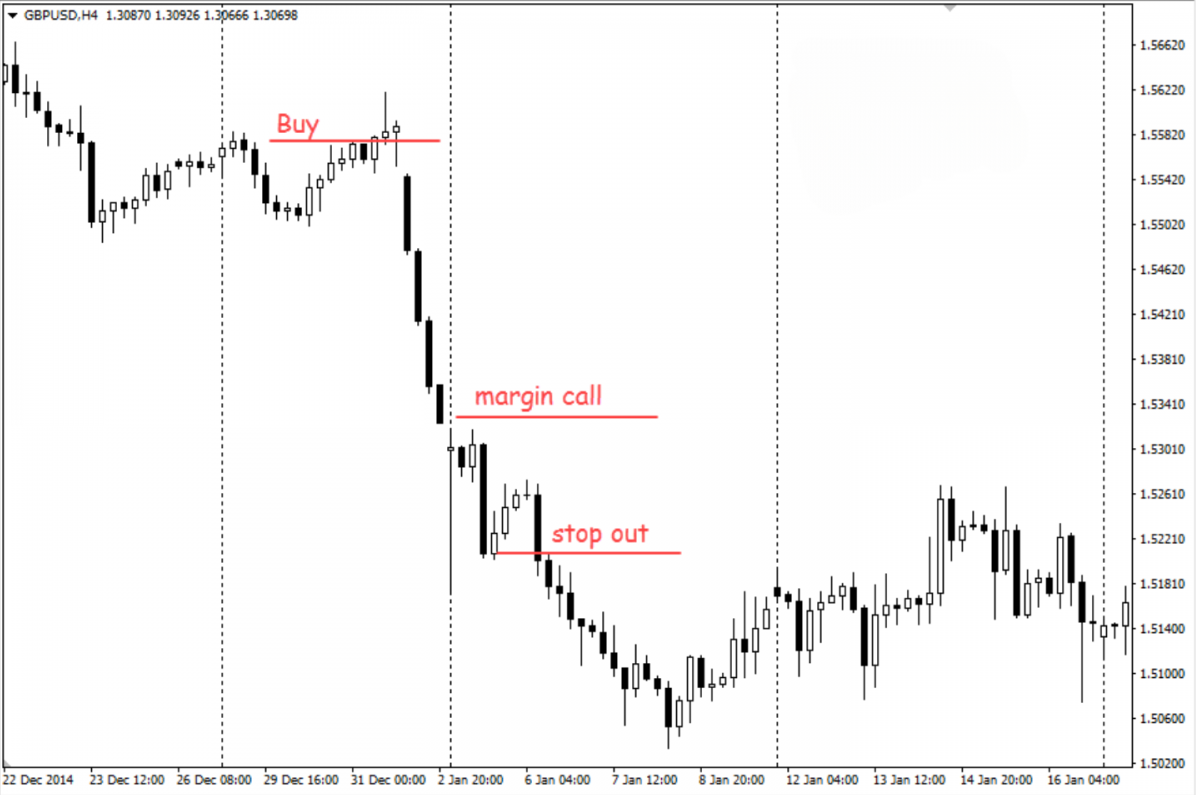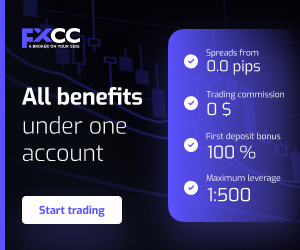Understanding margin calls and margin levels in forex
The forex market provides margin trading as a fundamental feature which enables traders to manage substantial positions through minimal capital investment. The leverage system provides traders with increased profit potential but simultaneously raises their exposure to major financial losses. The effective management of risk and prevention of forced position liquidation requires traders to understand margin operations including margin levels and margin calls.
The forex broker requires traders to deposit margin funds which serve as security for maintaining open positions. The broker defines specific equity thresholds which determine when market conditions trigger a margin call. The trader receives a margin call when market conditions become unfavorable or the broker automatically closes all open positions in extreme cases. All traders need to understand the process of margin calls because this knowledge applies to traders at every experience level.
A trader who uses high leverage to open positions without proper margin level monitoring will face difficulties. The equity value decreases rapidly when market conditions move unfavorably thus triggering a margin call. Proper risk management through stop-loss orders and sufficient free margin availability helps traders prevent this situation.
What is margin in forex?
The amount of capital needed to establish and sustain leveraged positions in forex trading is known as margin. The performance bond functions as a guarantee which protects the trade by maintaining sufficient funds in the account. The broker holds a specific portion of account equity through margin which remains in effect until the position is closed.
A trader who uses a leverage ratio of 1:100 to open a $100,000 position needs to provide only $1,000 as the required margin. The broker takes $1,000 from the account balance to serve as a guarantee. The account equity decreases rapidly when market conditions move against the position especially when the remaining free margin is low.
The margin requirements depend on the broker and account leverage and currency pair selection. Major currency pair trades under European Securities and Markets Authority (ESMA) regulation require higher margin deposits because brokers must limit their leverage to 1:30. The different margin requirements demonstrate why traders need to understand margin terms before starting any trading activity.
Open positions remain protected from automatic closure when traders maintain proper margin levels. Traders who monitor their required margin along with used margin and free margin can prevent unexpected margin calls and maintain control of their trades.
What are margin levels?
A trading account's health status depends heavily on margin level as an essential performance indicator. The margin level indicates how much equity remains available compared to the current margin usage. The metric serves brokers to verify if there exists sufficient available capital to sustain active positions. The calculation of this metric follows a basic mathematical approach.
Margin Level = (Equity ÷ Used Margin) × 100
The account equity stands at $3,000 while the used margin amounts to $1,000. The calculation of margin level results in (3,000 ÷ 1,000) × 100 = 300%. A margin level exceeding 100% shows that the account possesses sufficient equity to sustain active trades. The majority of brokers require a minimum margin level of 100% which prevents new trades from opening when this threshold is breached and exposes existing positions to potential risk.
The practice of monitoring margin level becomes crucial when market conditions become highly volatile. Market movements against positions lead to fast equity reductions which push the margin level toward the broker's stop-out threshold. The broker starts automatically closing positions when the remaining capital needs protection at this specific point.

What is a margin call?
A margin call occurs when the equity in a trading account falls below the broker’s required margin level. The signal indicates that the account lacks sufficient funds to maintain its open positions. The broker automatically closes open positions through an automated process unless the trader takes immediate action by funding the account or reducing open positions to prevent additional losses.
The required margin for open positions amounts to $1,000 yet the adverse price movement reduced account equity to $900. The broker will initiate a margin call when equity drops below the used margin since the margin call threshold stands at 100%. The trader needs to take immediate action to increase the margin level above its minimum requirement.
The platform and email systems of brokers serve as notification channels for traders when they receive margin call alerts. The broker will initiate position closures starting with the largest loss when the margin level drops below the stop-out threshold which typically exists at a lower level than the margin call threshold.
Margin calls function as protective measures rather than penalties. The protective system prevents accounts from reaching negative balance territory while safeguarding both traders and brokers from taking on excessive risk.
Common margin call triggers
The occurrence of margin calls happens when account equity drops below the necessary level to maintain open positions. The situation develops mainly because of over-leveraging when traders fail to implement proper risk management strategies.
The primary reason behind this situation is over-leveraging. The use of leverage enables both profit gains and loss amplification. A trader who uses a leverage ratio of 1:500 on a $1,000 account. The equity of most accounts would decrease significantly when market movements of 0.2% against positions occur thus triggering a margin call.
Trading without stop-loss orders represents a common reason for this situation to occur. The absence of predetermined exit points allows market volatility to cause fast-growing losses. The situation becomes highly dangerous during major news events because price gaps and slippage events can outpace human intervention.
The combination of several losing trades at the same time makes it more likely for a margin call to occur. The wrong direction of multiple trades leads to a combined drawdown that decreases overall equity until it reaches the used margin level.
Margin calls can occur unexpectedly when traders fail to monitor their account equity levels during periods of low market activity or thin trading conditions. The absence of active market participants allows price spikes to occur which results in sudden and significant changes to margin requirements.

How to prevent margin calls
The prevention of margin calls requires disciplined strategies for leverage control and risk management and trade oversight. A solid understanding of these core principles enables traders to maintain stable margin levels during market volatility.
The implementation of stop-loss orders represents an effective method to prevent losses. The automatic trade closure through stop-loss orders protects account equity by defining specific loss thresholds which limit exposure. The placement of a stop-loss order at 50 pips from entry on a $10 per pip valued position will protect the remaining capital by limiting losses to $500.
The selection of suitable leverage stands as an essential step for traders. Lower leverage simultaneously decreases both profit potential and the potential risk of losses. The use of 1:30 leverage instead of 1:100 reduces both the required margin amount and the risk of quick equity depletion from small price movements.
Free margin monitoring stands as a fundamental requirement for traders. The remaining portion of equity which is not invested in open positions constitutes the free margin. A sufficient free margin above zero provides protection when market conditions become unfavorable. Traders who want to maintain safety keep their free margin at least 50% of their total account equity to stay above critical thresholds.
The distribution of trading positions across different assets helps traders prevent major losses. Trading multiple high-risk positions in the same currency pair or direction becomes less risky when traders distribute their positions across uncorrelated assets.
Broker margin requirements and stop-out levels
The capital requirements for opening and maintaining positions differ between brokers because of their unique margin requirements and stop-out levels. The knowledge of these parameters enables traders to prevent unexpected liquidations and better control their risk exposure.
Each brokerage firm establishes its own minimum margin requirement through percentage-based definitions. The 1% margin requirement demands $1,000 to manage positions valued at $100,000. The requirements for margin vary at different brokers based on currency pair volatility and account type and current market conditions.
Brokers implement specific stop-out levels together with their margin requirements. The broker implements automatic position closure when the margin level reaches this specific threshold. The stop-out level at this broker stands at 50%. The broker will initiate automatic position closures starting with the largest losing trade when account equity falls below 50% of the used margin. The remaining balance stays protected through this action which also minimizes the risk of negative equity.
Some brokers implement margin call levels which serve as warnings before the stop-out threshold becomes active at 100% levels. Most trading platforms show these levels to traders who can monitor their margin status in real time.
Conclusion
The successful practice of forex trading depends heavily on traders' complete comprehension of margin and margin levels together with margin calls. The fundamental market elements of leverage and equity and risk exposure directly affect both trading strategies and market results.
The deposited margin serves as a financial resource which enables traders to open leveraged trading positions. The potential for greater returns increases through margin but simultaneously increases the danger of losing money. Traders who maintain adequate margin levels can keep their positions active while minimizing the chance of forced market closures. The margin level indicates account health through the equity-to-used-margin ratio which warns traders about capital risks.
The broker will initiate a margin call when the margin level reaches the predefined threshold. The broker will start automatically closing positions through stop-out levels if traders fail to take corrective action. The risk can be controlled through stop-loss orders and leverage adjustments and maintaining free margin buffers and monitoring equity during volatile market periods.
Each trading platform has its own unique margin and stop-out rules so traders must verify the specific conditions of their platform. Real-time margin metrics available on trading platforms enable users to monitor their account status and prevent mistakes.


